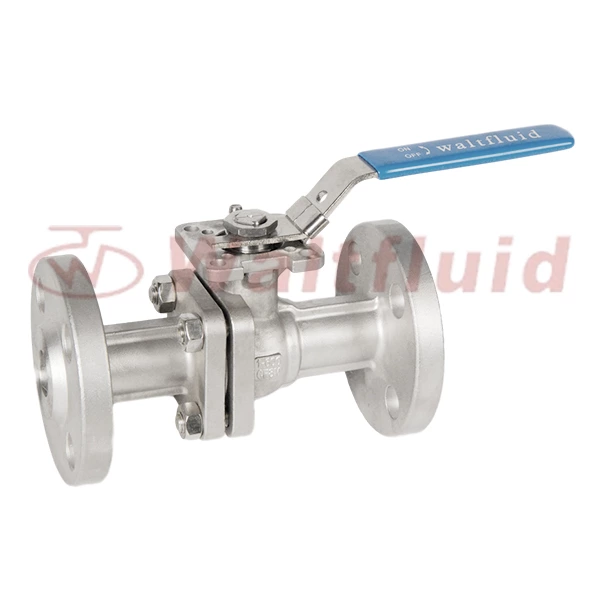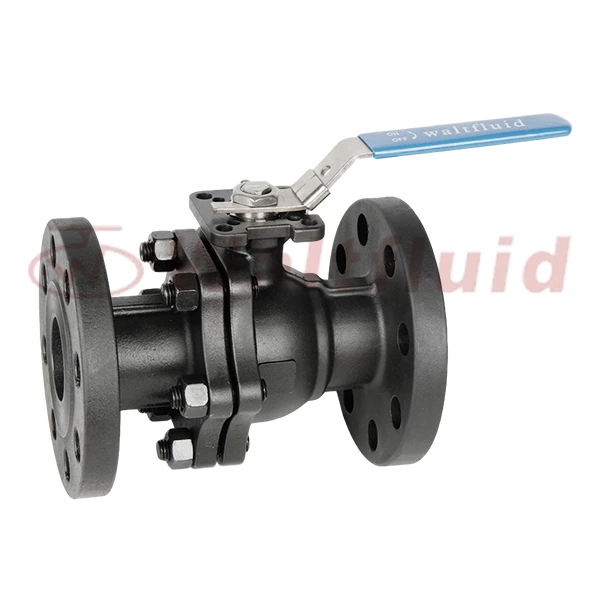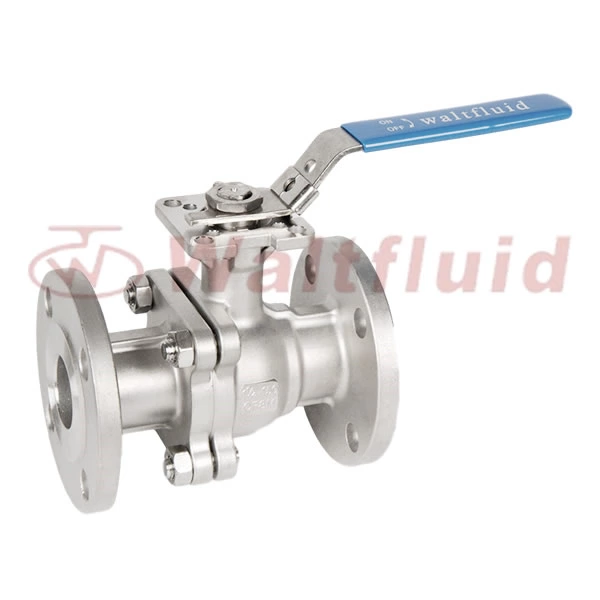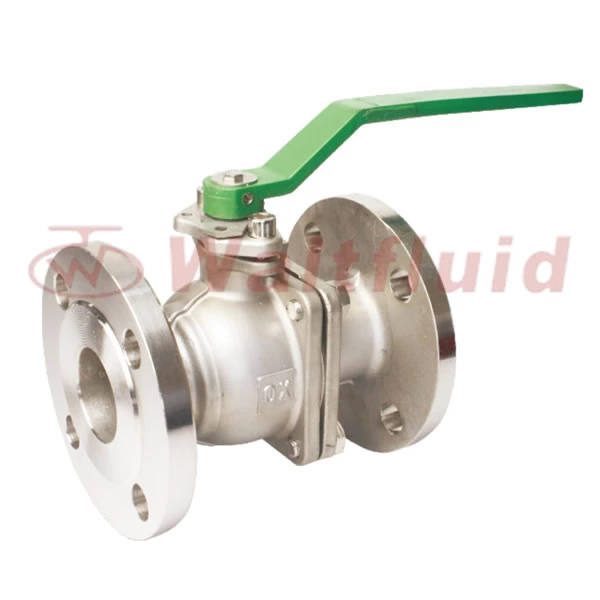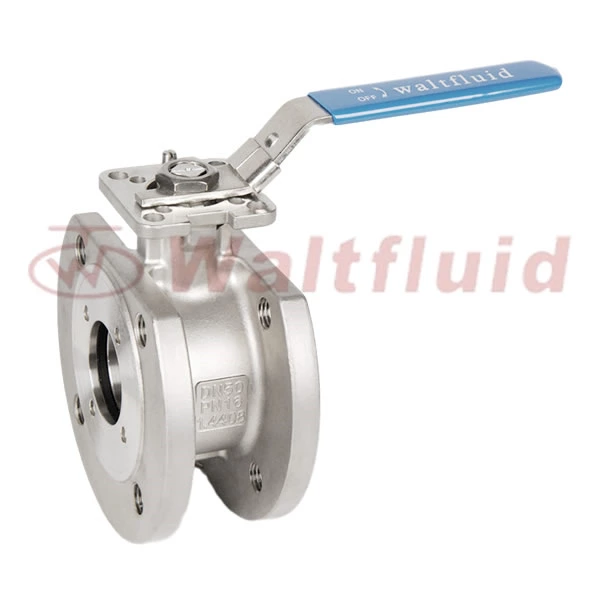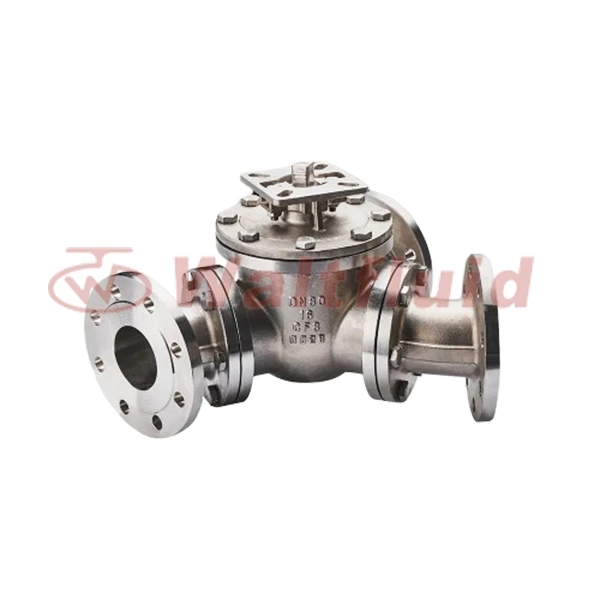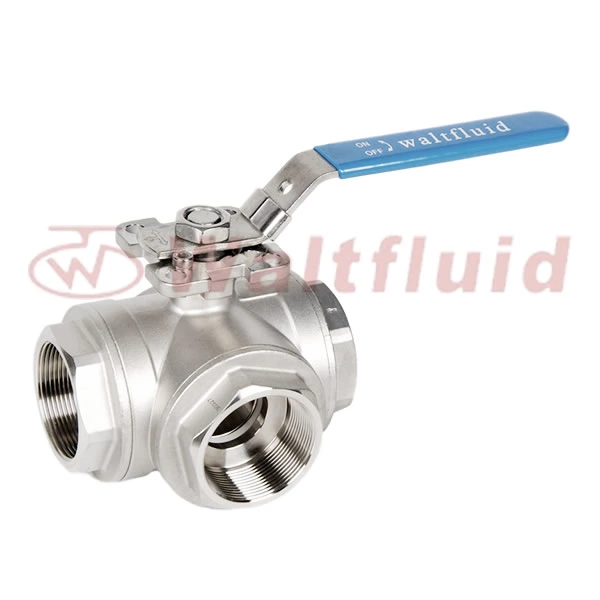How To Inspect A Three-piece Flanged Ball Valve In 6 Simple Steps
Three-piece flanged ball valves are widely used in the petroleum, chemical, and natural gas industries due to their compact design and superior sealing performance. However, after long-term operation, valves may develop problems such as leakage and sticking, impacting system safety and efficiency. Regular inspection is crucial to ensuring proper valve operation.
This guide outlines six simple steps to ensure optimal valve operation, ensuring no details are overlooked.
Six Simple Steps to Inspecting a Three-piece Flange Ball Valve
Step 1: Visual and Labeling Inspection
First, close the valve and release system pressure. Inspect the valve body for cracks, corrosion, rust, or other obvious damage. Pay particular attention to the flange connections to ensure there are no signs of leakage. Also, check that the valve labeling, including model, specification, and pressure rating, is legible. Experience shows that approximately 15% of valve failures are caused by external damage.
Step 2: Seat-Ball Contact Surface Inspection
Remove the valve cover and inspect the contact surface between the ball and seat. Wear, scratches, or dirt can cause a poor seal. Clean the contact surface using specialized tools and polish if necessary. According to expert data, approximately 20% of leakage problems are caused by contact surface damage.
Step 3: Seal Inspection and Replacement
Inspect the seal for signs of aging, deformation, or damage. Seals are critical components for preventing leakage and should be replaced promptly if any problems are found. Use genuine or certified parts to ensure proper sealing.
Step 4: Valve Stem and Operator Lubrication
Check the lubrication of the valve stem and operator. Lack of lubrication can cause operational difficulties or wear. Use appropriate lubricants and perform regular maintenance to ensure smooth valve operation.
Step 5: Flange Bolt Tightening
Check the tightness of the flange bolts. Loose bolts can cause leakage or structural instability. Use a torque wrench to tighten the bolts to the specified torque value.
Step 6: Functional Testing and Performance Verification
After completing the above inspections, reassemble the valve and perform a functional test. Check that the valve opens and closes smoothly and that the sealing performance is good. If necessary, perform a pressure test to ensure that the valve operates normally under operating pressure.
Inspecting Three-Piece Flanged Ball Valves: Conclusion
Regular inspections of 3 piece flanged ball valve are crucial to ensuring smooth system operation and preventing costly downtime.
By following these six steps, maintenance personnel can promptly identify and resolve potential issues, reducing equipment failure rates and improving system safety.
In practice, it is recommended to develop a detailed inspection plan, in conjunction with the equipment manual and professional training, to ensure comprehensiveness and accuracy of each inspection.
According to industry experts, regular preventive maintenance is more cost-effective than post-event repairs. By establishing a comprehensive inspection and maintenance system, you can effectively extend valve life and reduce overall operating costs.
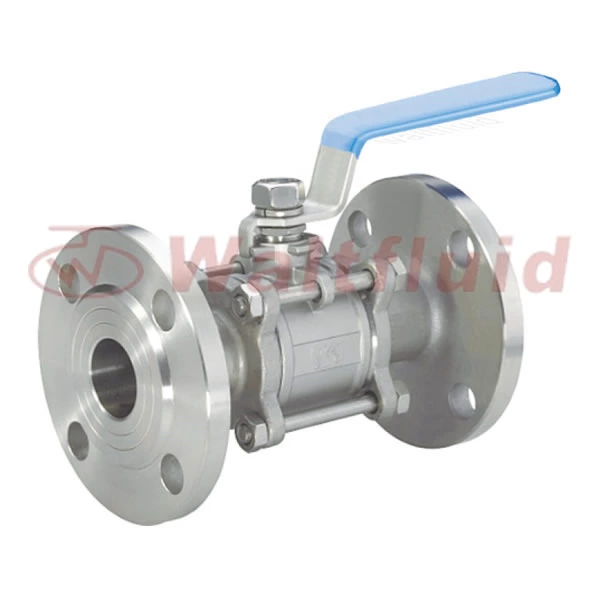
 English
English 中文
中文 Pусский
Pусский  Español
Español
